Contents
- Physical Features
- Climate
- Geology
- Soil
- Minerals
- Rivers
- The Nag
- The Kanhan and Its Tributaries
- The Wardha and Its Tributaries
- Botany
- Wild Animals
- Tigers are common in the Pench Valley and hills, while panthers, which were once frequently seen, are now rarely spotted in the forest reserves of Ramtek. Hyenas are common in forest patches near villages, and wolves are occasionally sighted along...
- Birds
- Land Birds
- Water Birds
- Forest Reserves
- Gorewada Zoo, Jungle Safari, and Bio-Park
- Pench Tiger Reserve / Pench National Park
- Umred Karhandla Wildlife Sanctuary
- Maharaj Bagh and Zoo
- Japanese Rose Garden
- The Japanese Rose Garden in Nagpur’s Civil Lines offers a peaceful escape with its beautiful flowers and serene atmosphere. Inspired by traditional Japanese design, the garden features vibrant roses in red, yellow, purple, and blue—perfect for...
- Ambazari Garden
- Land Use
- Environmental Concerns
- Deforestation
- Air Pollution
- Water Pollution
- Climate change Vulnerability
- Conservation Efforts/Protests
- Protests in Nagpur district on World Environment Day
- Nagpur-Goa Expressway
- Save Nagpur’s Green Lungs
- Environmental NGOs
- Arranya Environment Organization
- CHIP Nagpur (Nisargavedh)
- Green Vigil Foundation
- Grow Billion Trees Foundation
- Sahyadri Gramin Vikas va Bahuuddeshiya Yuvak Kalyan Sanstha (SGVBYS)
- Graphs
- Water
- A. Rainfall (Yearly)
- B. Rainfall (Monthly)
- C. No. of Rainy Days in the Year (Taluka-wise)
- D. Evapotranspiration Potential vs Actual Numbers (Yearly)
- E. Annual Runoff
- F. Runoff (Monthly)
- G. Water Deficit (Yearly)
- H. Water Deficit (Monthly)
- I. Soil Moisture (Yearly)
- J. Seasonal Groundwater Levels: Bore Wells
- K. Seasonal Groundwater Levels: Dug Wells
- Climate & Atmosphere
- A. Maximum Temperature (Yearly)
- B. Maximum Temperature (Monthly)
- C. Minimum Temperature (Yearly)
- D. Minimum Temperature (Monthly)
- E. Wind Speed (Yearly)
- F. Wind Speed (Monthly)
- G. Relative Humidity
- Forests & Ecology
- A. Forest Area
- B. Forest Area (Filter by Density)
- C. Wildlife Projects (Area and Expenses)
- Human Footprint
- A. Nighttime Lights
- Sources
NAGPUR
Environment
Last updated on 6 November 2025. Help us improve the information on this page by clicking on suggest edits or writing to us.
Nagpur, situated in central India, is enveloped by a rich natural landscape that includes lush forests such as the Pench Tiger Reserve and the Nagzira Wildlife Sanctuary. The city is positioned along the Nag River, which is currently facing issues related to urban development and pollution. Despite its proximity to the Wainganga and Penganga rivers, Nagpur experiences seasonal water shortages.
Physical Features
Nagpur district is located at the southern base of the Satpura range, covering an area of 9,892 square kilometer. The district lies on the Deccan Plateau at an altitude of 310.5 meter above mean sea level. It is bordered to the east by Bhandara, to the south by Chandrapur, to the west by Wardha, and the north by the Chhindwara and Seoni districts of Madhya Pradesh. A part of the Amravati district is also situated in the northwest of Nagpur.
In Nagpur district, the altitude of the Satpura range varies between 2,297 and 3,937 feet above mean sea level. South of the Satpura range is Ambagarh Hill, along with other prominent hills in Nagpur. The well-known temples of Ramtek are located on Ambagarh Hill, which is believed to be the place where Shri Ram rested during his exile. Situated at an altitude of 345 meter above mean sea level, this temple site offers a stunning view of Ramtek village, Khindsi Lake, and the sacred tank of Ambala.
Other nearby hills, which rise below 2,000 feet, include Mansar Hill (in Mansar village), Sitabuldi Hill and Seminary Hill (both in Nagpur city), and Pilkapur Hill (in Kalmeshwar). These hills are extremely picturesque and are covered with loose stones and brushwood. The Katol tahsil is particularly known for its fertile soil with thick vegetation and is rich in garden cultivation.
Climate
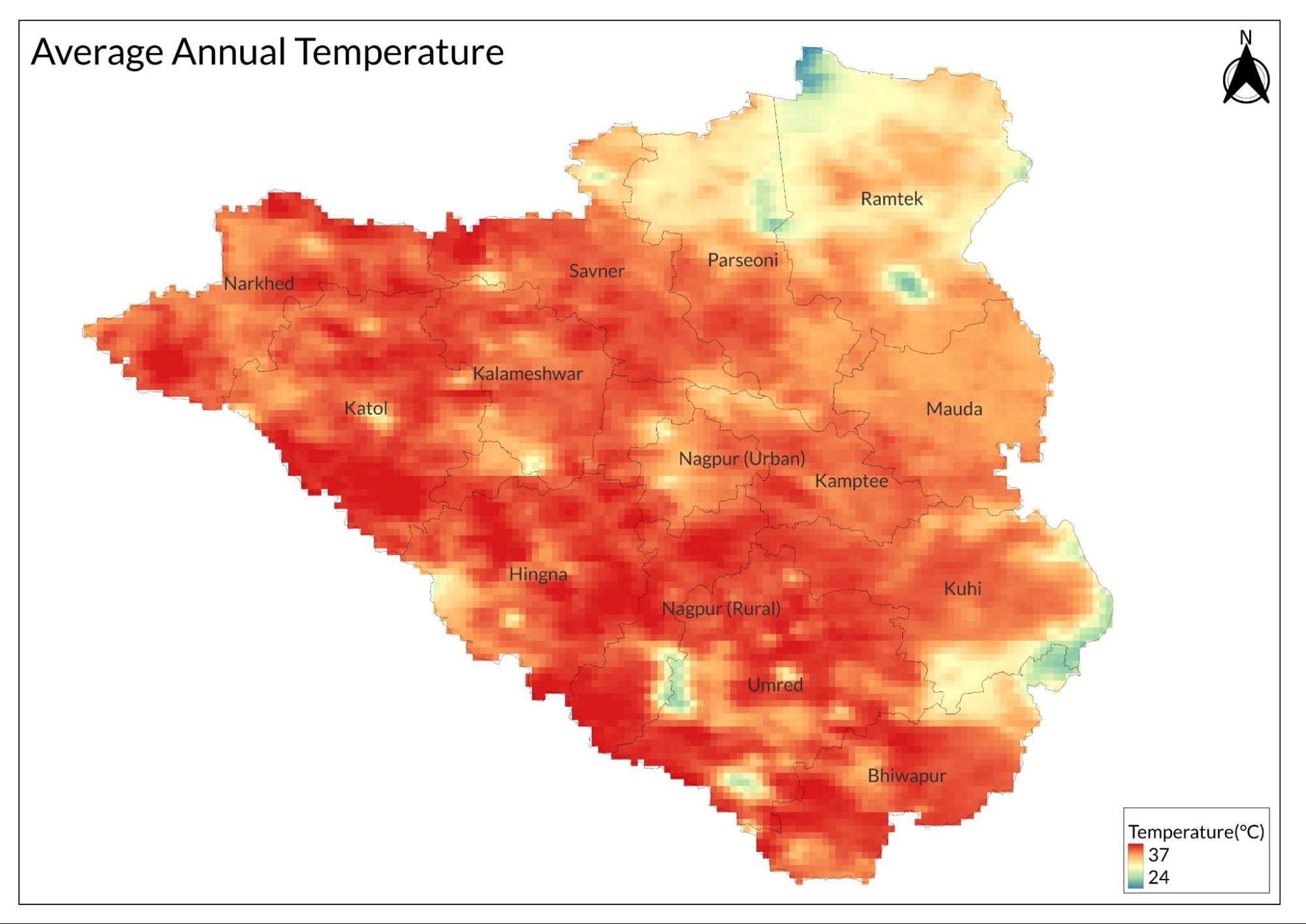
The district of Nagpur experiences dry weather for most of the year, with average temperatures ranging from 27°C to 35°C. Nagpur is characterized by hot summers that last from March to May, with May typically being the hottest month, averaging a maximum temperature of 42.7°C. There is considerable variation in heat during the summer season, with severely hot days and comparatively cooler nights. Winter sets in from December and lasts until February, with November and December being the coldest months, featuring average daily temperatures of 14°C minimum and 27.7°C maximum.
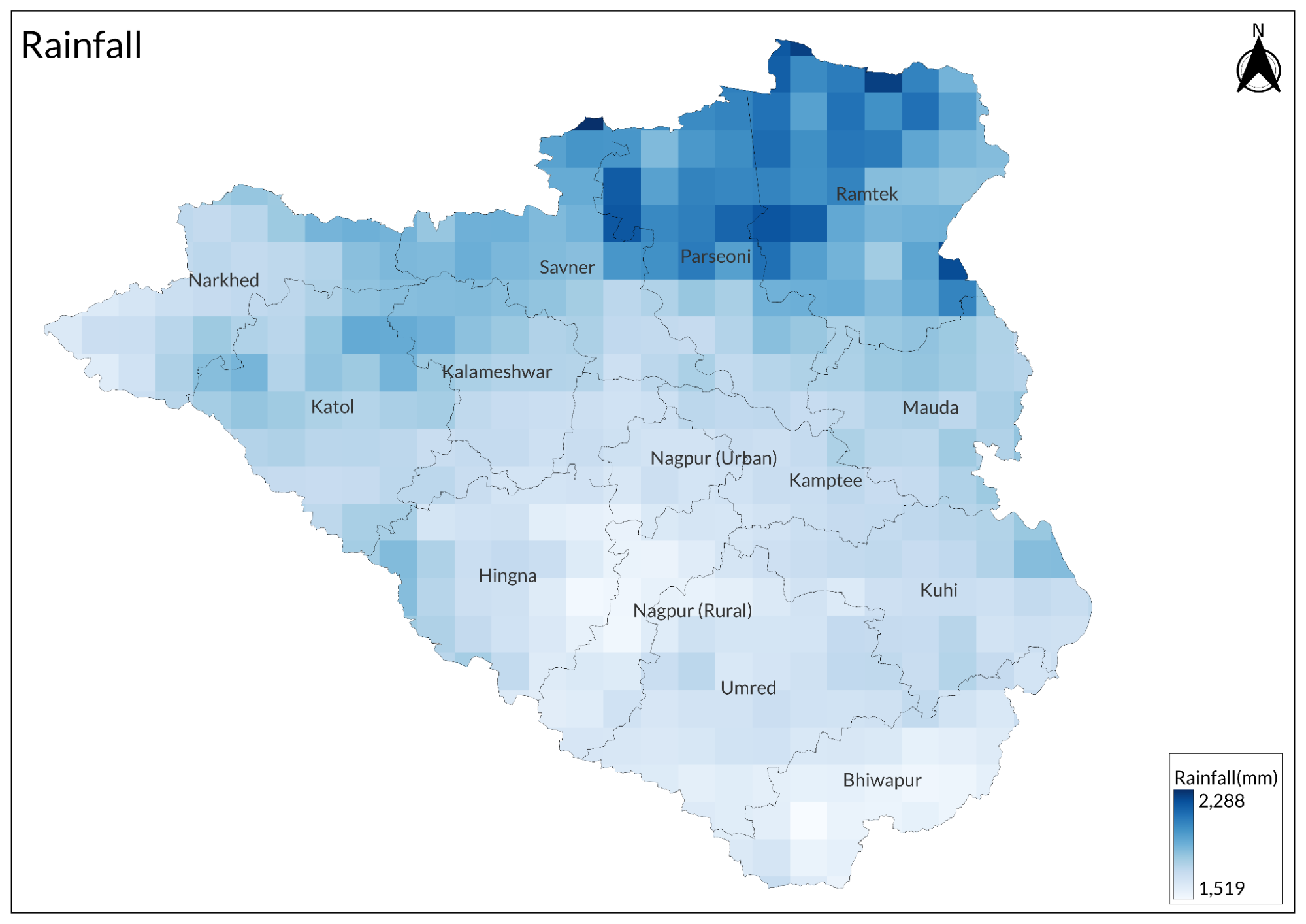
The monsoon season occurs from June to September, bringing an average rainfall of 170 mm.
According to the British Gazetteer of 1908, Nagpur recorded one of the highest temperatures in the country at 47.8°C (118.1°F) in May 1954, while its lowest ever recorded temperature was 3.9°C (39.0°F) on 7 January, 1937. More recently, as per the district website, on 29 May, 2012, the city experienced an even higher temperature of 48.6°C. Today, maximum summer temperatures typically reach an average of 44°C, with the summer season spanning from March to June and May being the hottest month. Winters, lasting from November to January, see temperatures dropping to a range of 13°C to 15°C, though occasionally falling below 10°C.
Geology
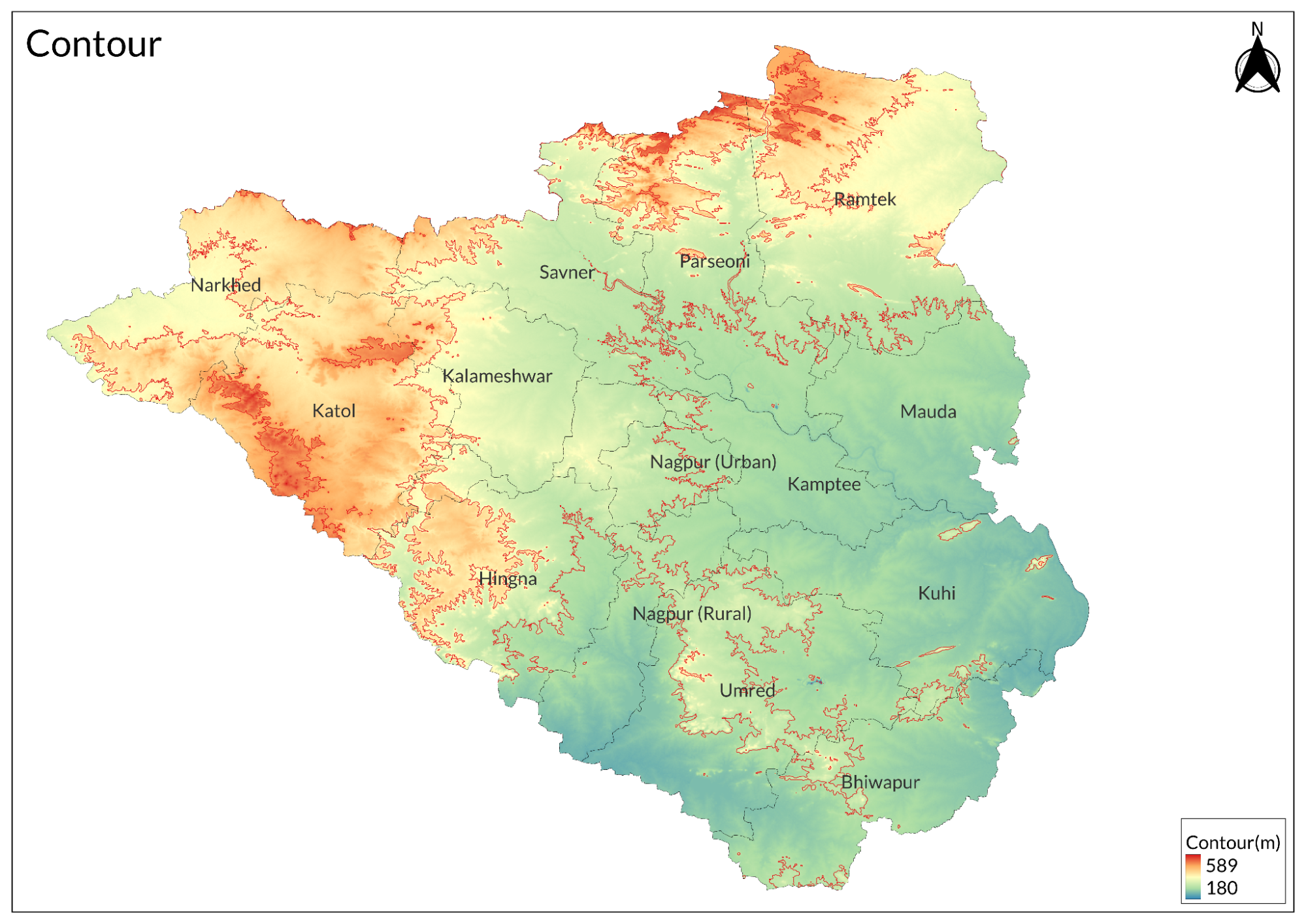
Nagpur district is a geologically diverse region consisting of two primary areas: the Deccan Traps in the west and the Metamorphic and Crystalline Series in the east. Nearly half of the district is covered by ancient rocks from the Archean Era, which date back approximately 4 to 2.5 billion years. The geology of the district gained prominence with the study of manganese ore in the early 1900s.
Soil
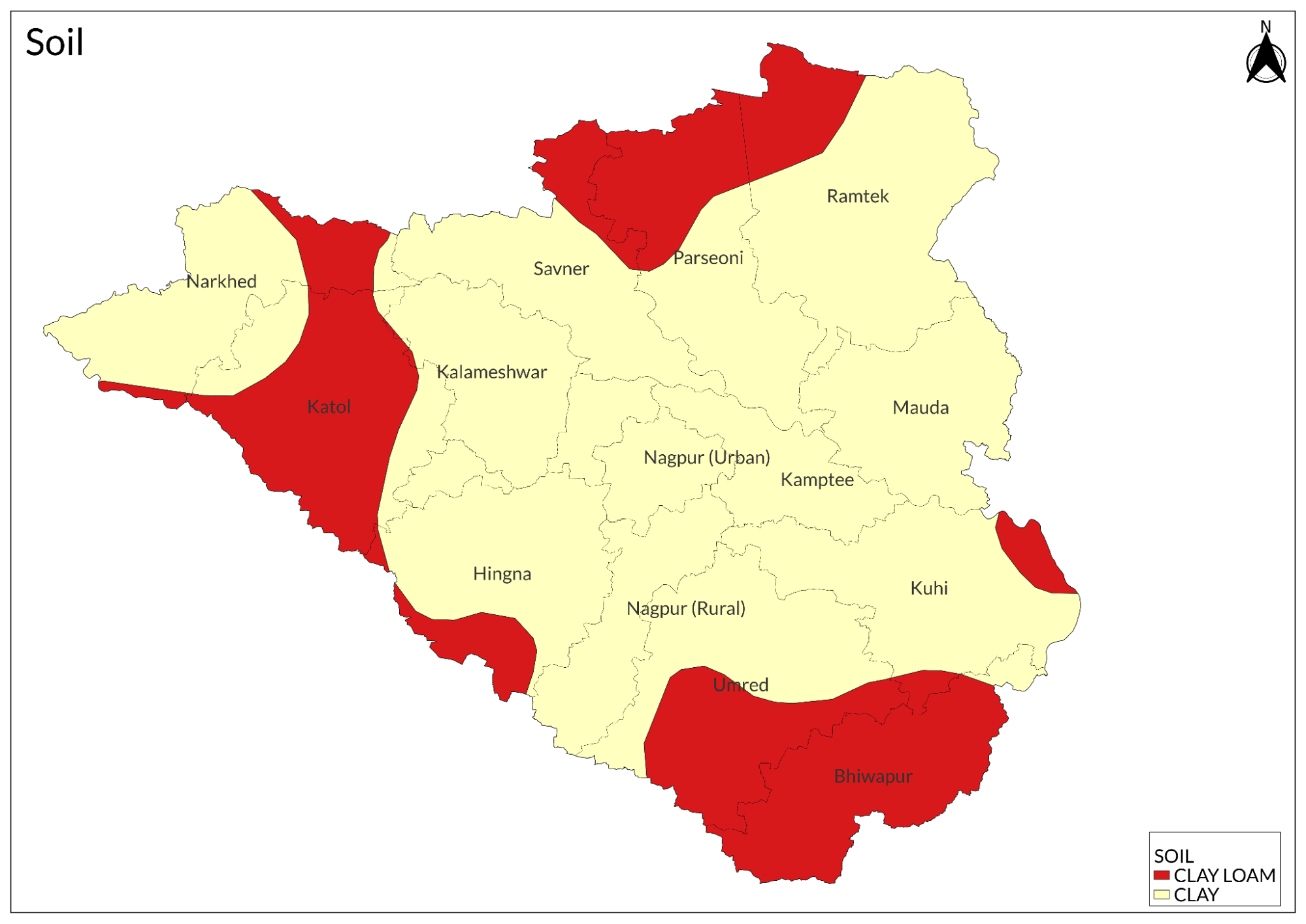
Most of the eastern region has alluvial deposits, and the soil is primarily recent. Black cotton soil and brown soil are utilized in agricultural practices. The district features three distinct types of soil:
- Clayey Soil: Found in the western and southern parts, this soil is composed of very fine mineral particles and contains minimal organic material.
- Clay-Loam and Sandy Clay: Located towards the eastern side, this type of soil has a balanced mixture of clay and sand.
- Sandy Clay Loam: Present in the northern and southern regions, this soil is a mixture of sand, silt, and clay.
Minerals
In and around Nagpur, a diverse range of minerals has historically been prominent. Notably, coal, manganese, tungsten ore, and limestone form the bedrock of the region's mineral resources. Coal deposits are located in the Saoner, Umred, and Kamptee tehsils of the district. The quarries produce high-quality sandstone, which is crucial for construction, bridges, and various temples. Additionally, quartzite sourced from the Ramtek range is favored for temple construction and the steps of Ramtek Fort.
Copper ore can be found in the areas of Pular-Parsodi, Ranbori-Kolar-Tambekhani, Ranmangli, Kitari, and Thutanbori within the district. Lead ore deposits are located near Nimbha village in Parseoni tahsil. Limestone, including purer crystalline types suitable for lime production, is found in Kelod, Chicholi, Koradi, and Baregaon. Manganese ore reserves, which are crucial for steel production, batteries, and chemical applications, are located in the Kandri-Mansar area of Nagpur district. Ornamental stones such as marble and rhodonite rocks occur in the northeastern part of the district. Tungsten ore was historically found at Agargaon, as noted in the British Gazetteer of 1908; currently, tungsten reserves are known to exist in Kuhi, Khobna, Agargaon, Ranbori, and Kolari-Bhaori villages of Nagpur district.
Rivers
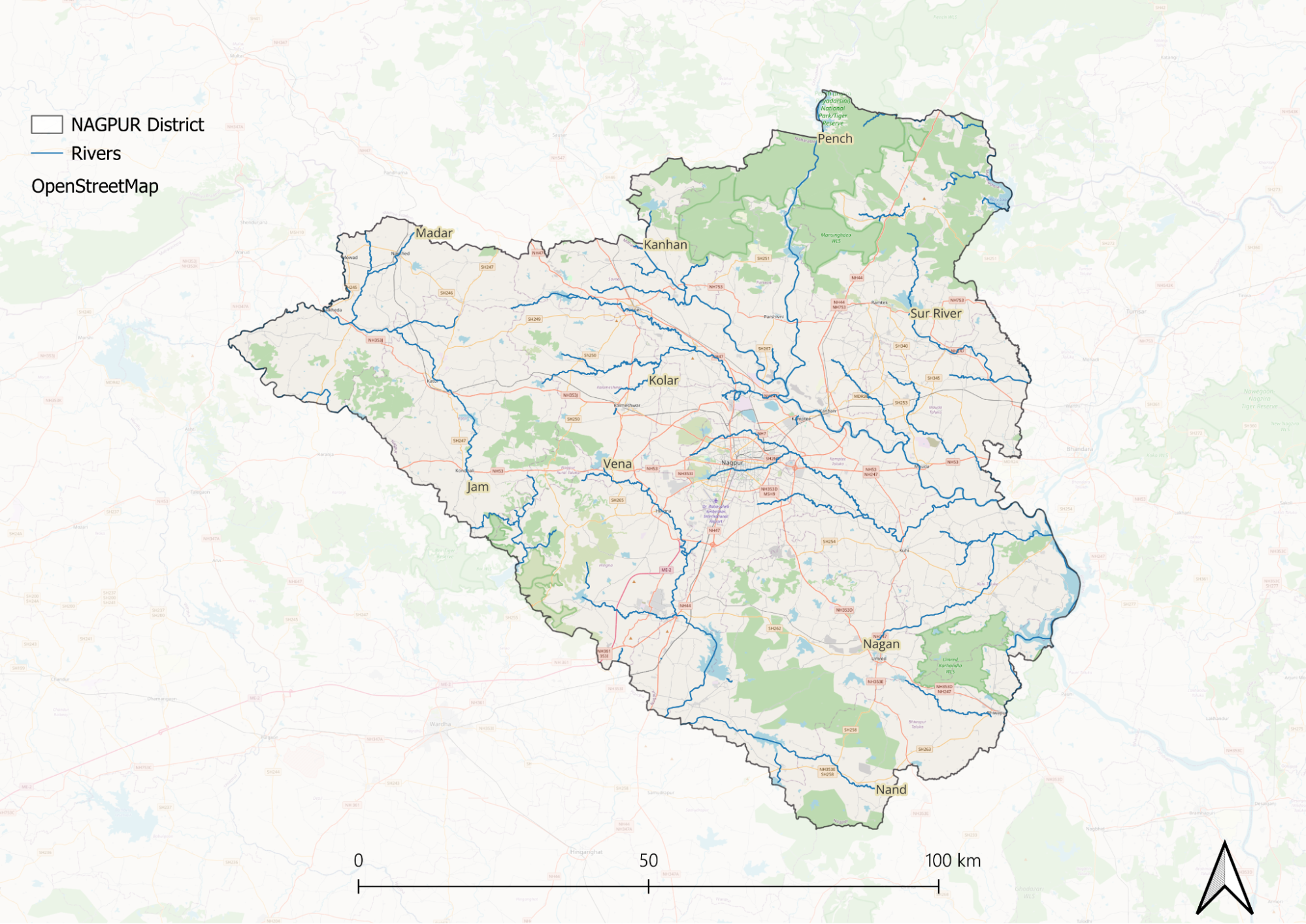
The Nag
The Nag River is known for its etymological connection to the name "Nagpur." The river originates from Ambazari Lake, located near the southwest border of Nagpur, which typically overflows during the monsoon season. It meanders through the city for a length of 17 km before joining the Kanhan River, with their confluence point situated near Shiwangi village. The Pioli River, a tributary of the Nag River, flows through the northern part of the city. Historically, the Nag has served as a lifeline for Nagpur, providing water for irrigation, agriculture, and domestic purposes. However, today, both the river and its tributary function primarily as drainage for the city, resulting in significant pollution.
The Kanhan and Its Tributaries
The Wainganga River flows through two-thirds of the eastern part of the district, while the northern region is home to two main rivers: Pench and Kanhan. Both rivers originate from the Satpura Range in Chhindwara district, Madhya Pradesh. The Pench River flows through "Pench National Park," known as "The Tiger Reserve of India." Two major dams—Totladoh and Navegaon Khairi—are constructed on the Pench, supplying drinking water to over 70% of Nagpur. The Kanhan enters the district near Baregaon in Madhya Pradesh and takes a south-easterly course past Khapa to Kamptee in Nagpur district. The Pench and Kanhan converge in Kamptee, at a confluence point referred to as 'Bhima Sangam,' which subsequently flows into the Kolar River at Tola village.
The Wardha and Its Tributaries
The Wardha River originates from the Satpura Range near Khairwani village in Madhya Pradesh and enters Maharashtra to join the Wainganga, forming the Pranahita River, which ultimately flows into the Godavari River. Although the Wardha traverses only a small portion of Nagpur district, its tributaries drain much of Katol tahsil and half of Nagpur district. These tributaries include Bor, Wena, Jam, and Kar. The Bor rises in hills near Bazargaon and flows down a winding channel between the Kondhali uplands and the Kauras plateau to join the Wena. Once celebrated for its natural beauty and fertile valleys—as noted in a British Gazetteer from 1908—the Bor has sadly transformed into a mere rivulet today. The Wena rises near Mahadagarh in Katol tehsil and flows along the northern base of Kauras plateau through Hingna and Butibori regions. The Jam originates among hills south of Kondhali village and flows northward into central Katol tehsil before turning westward to join the Wardha at Jalalkheda village. The Kar also rises in this range but flows southwest, separating Wardha from Nagpur districts.
The Nagpur Municipal Corporation has planned three sewage treatment plants along these rivers as part of a rejuvenation program. The government has launched a project aimed at "pollution abatement and conservation of river Nag at Nagpur," with various non-governmental organizations actively working on river and water conservation efforts in Nagpur district.
Botany
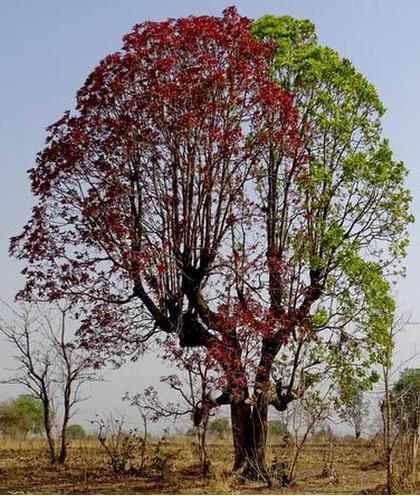
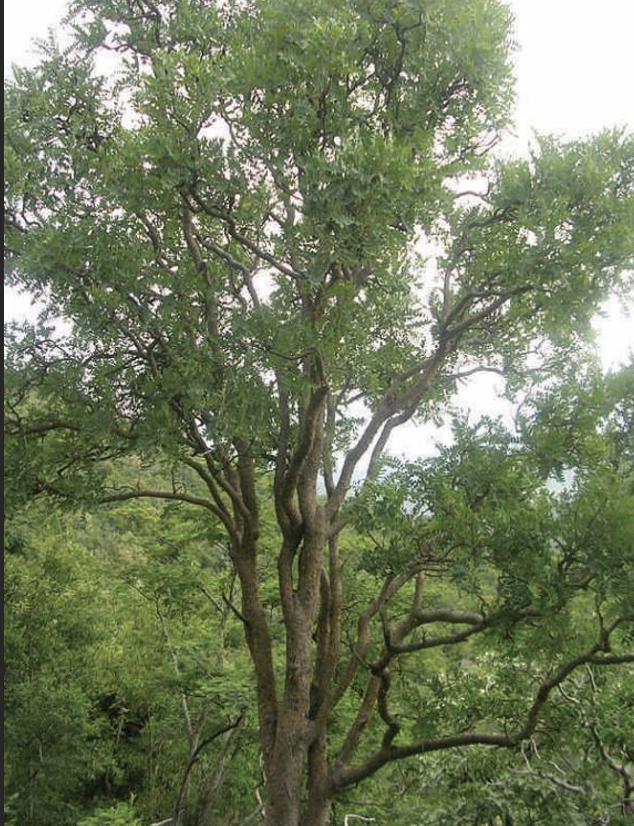
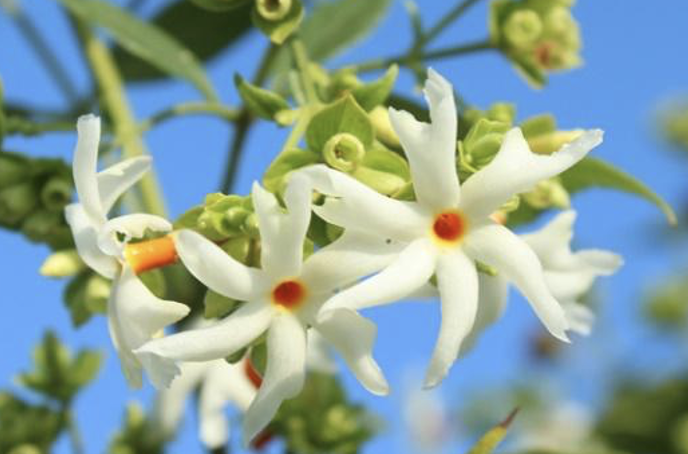
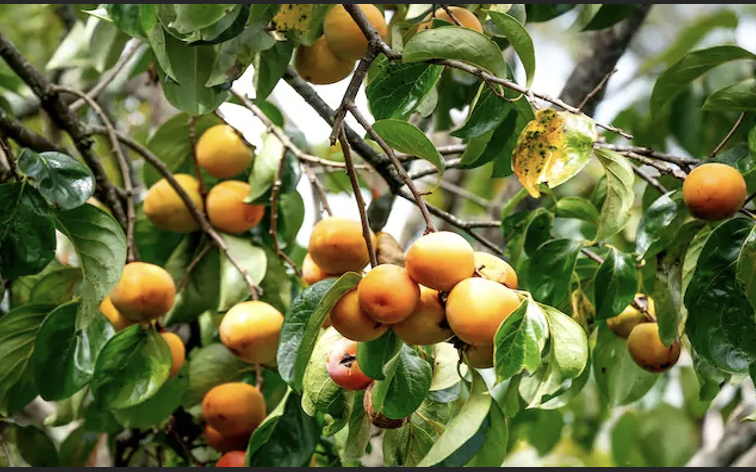
The plains of Nagpur district are cultivated with fruit-bearing trees, namely orange, tamarind, and mango. Mahua trees are predominantly found near Ramtek village. The streams are fringed with date palms and babul, while the hills that separate various plains and valleys are either sparsely covered with grass and small shrubs, such as patalgarudi and bhui amla, or feature a thin forest of salai trees. Salai trees thrive on steep hillsides and ridges, while satinwood is commonly found in sandy areas. The forests are primarily located on the Satpura Hills to the northeast.
Vegetation varies according to soil type: trees such as saj, achar, and tendu are found in heavier soils, whereas teak flourishes on well-drained slopes. Additionally, this district is home to shrubs and medicinal plants like phalsa, madhumalti, chiranjiv, kalivel, and parijat. These medicinal plants are used to treat various ailments, including diabetes, inflammation, skin diseases, dysentery, diarrhea, fever, arthritis, and dental problems. They also help boost immunity, improve cardiovascular health, aid digestion, and serve as antioxidants. Furthermore, these plants are utilized in dye production. Tendu or date plum bears fruit; its wood is used for furniture, while its leaves are used in making beedis. The presence of mahua, salai, and tendu has been documented in the British Gazetteer of 1908 and continues to be evident in the district even after 100 years.
Wild Animals
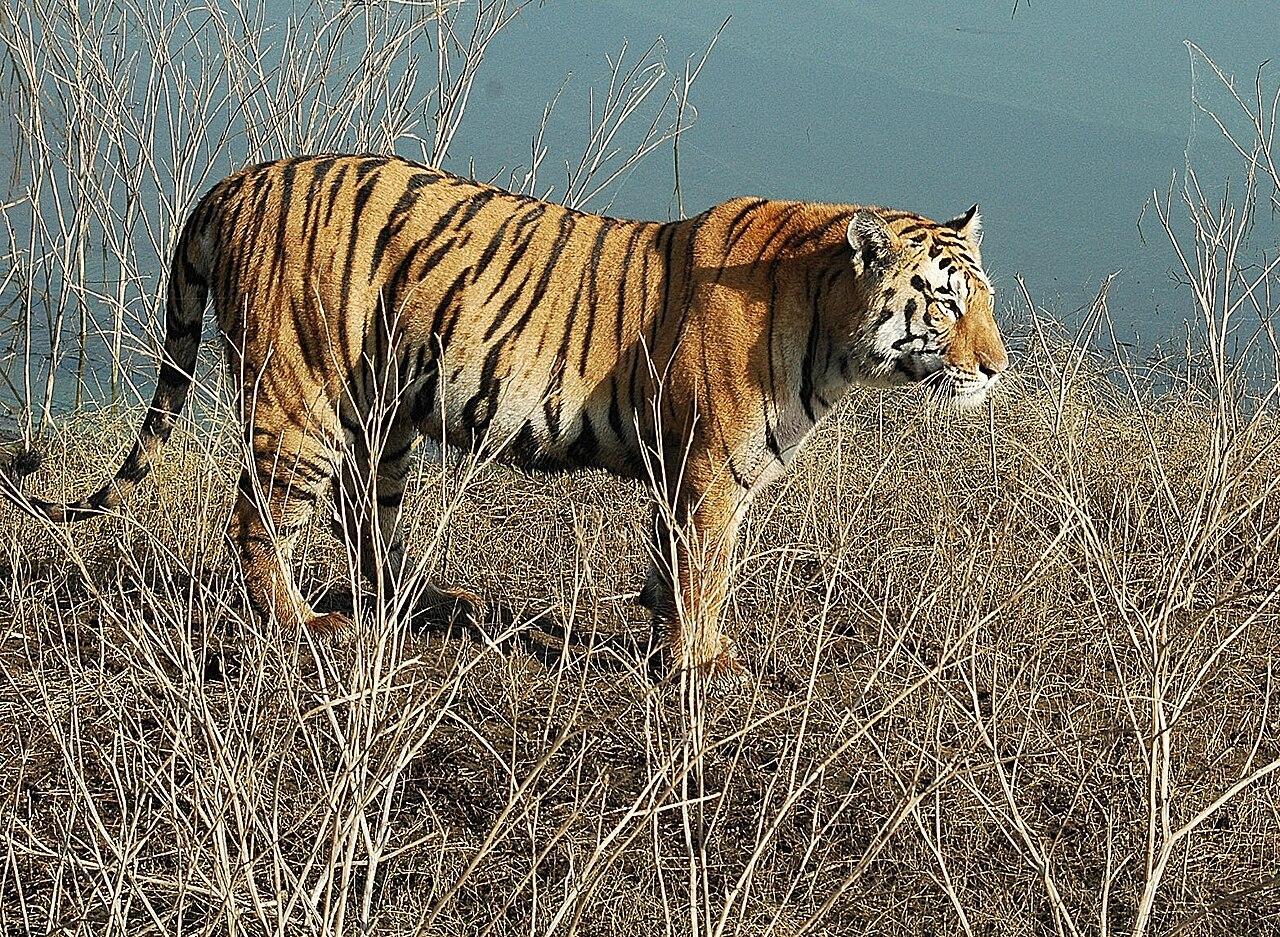
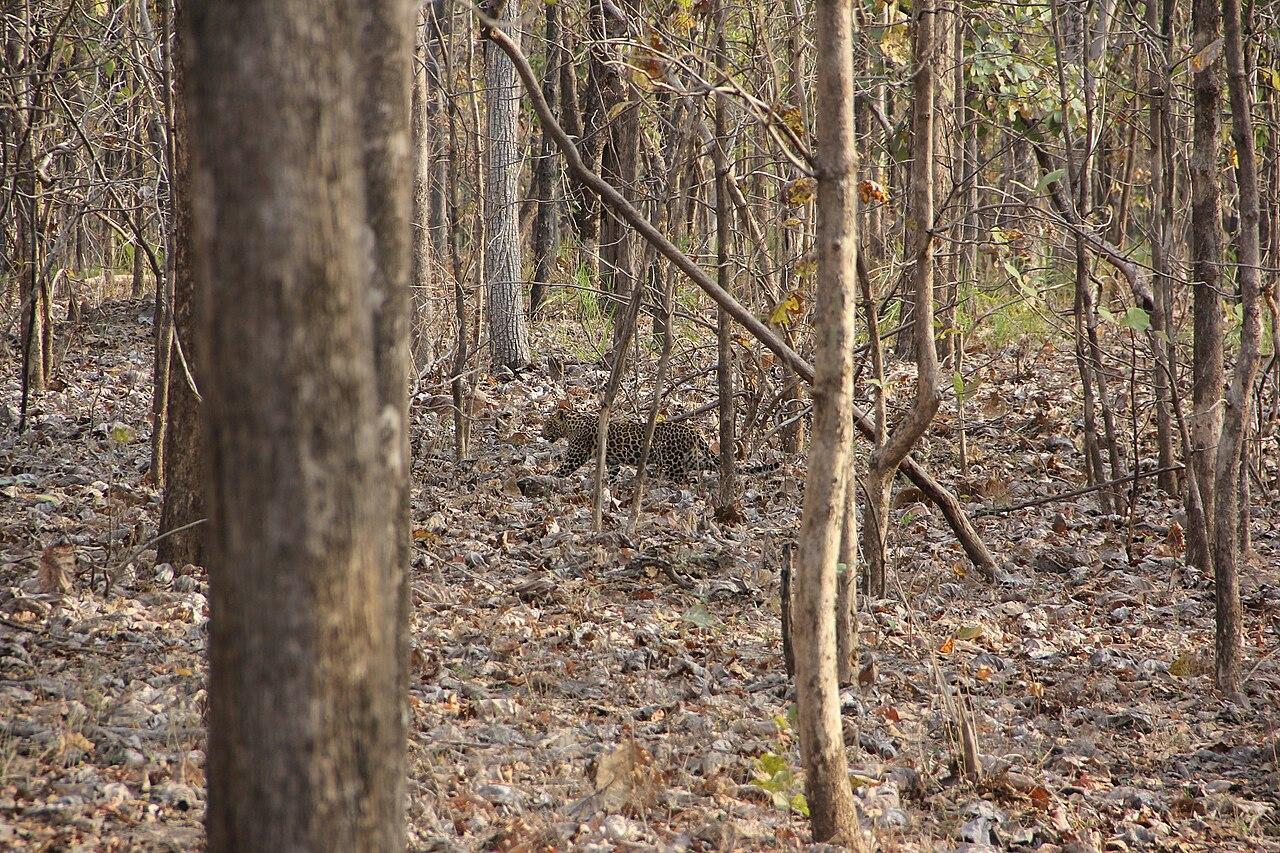
Tigers are common in the Pench Valley and hills, while panthers, which were once frequently seen, are now rarely spotted in the forest reserves of Ramtek. Hyenas are common in forest patches near villages, and wolves are occasionally sighted along...
Birds
The district is home to a wide variety of birds, which can be divided into two groups: land birds and water birds. Land birds include the button quail (titer), rain quail, rock and sand grouse, common curlew, dusky crag martin, painted partridge, and crested treeswift. These species are mostly found in Ramtek, Pench Tiger Reserve, Gorewada Zoo, and Maharaj Bagh Zoo, as well as occasionally in areas with dense vegetation. Water birds include jack snipe, painted snipe, whistling teal, red-headed and crested pochard ducks, blue-winged teal, small pratincole, gadwall duck, brahminy ducks, peafowl, and yellow-wattled lapwing, which can be found in Ambazari Lake, Gorewada Lake, and the northern forests of the district. According to the British Gazetteer of 1908, the king curlew and common curlew were abundant in the district; however, their populations have dwindled to the extent that they are now listed as near-threatened by the IUCN. Other commonly found birds in the region include blue rock pigeons and green pigeons, locally known as kavali.
As winter sets in, the district hosts transient and migratory birds. The greylag goose, typically found in Iceland and surrounding regions during its breeding season, was sighted at Tehlar Lake in the Mihan area. Migratory birds such as the golden plover, comb ducks, northern pintail, northern shoveler, and pallid harriers are observed between November and January, signaling the onset of winter migration. The Khapri, Paradgaon, and Mangli lakes near Umred Road, along with Tehlar Lake just outside the city, are popular spots for birdwatching.
Land Birds
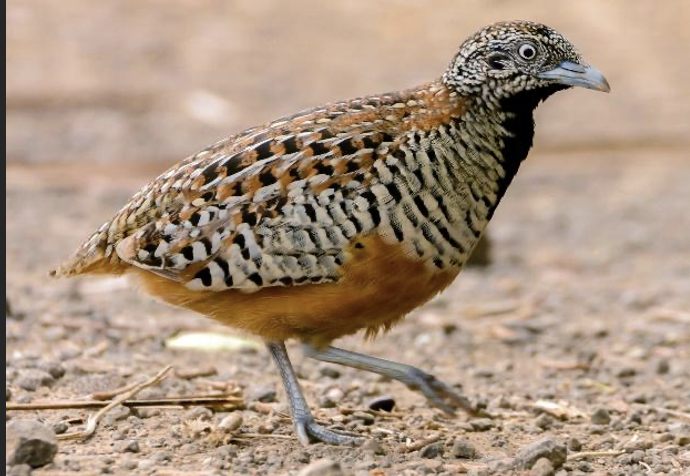
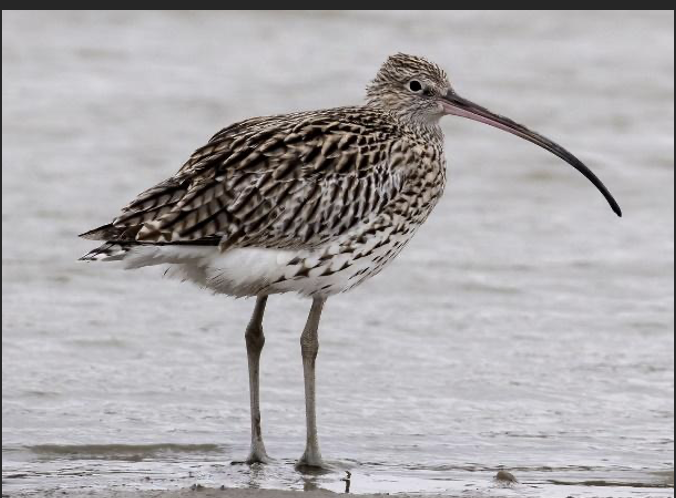
Water Birds

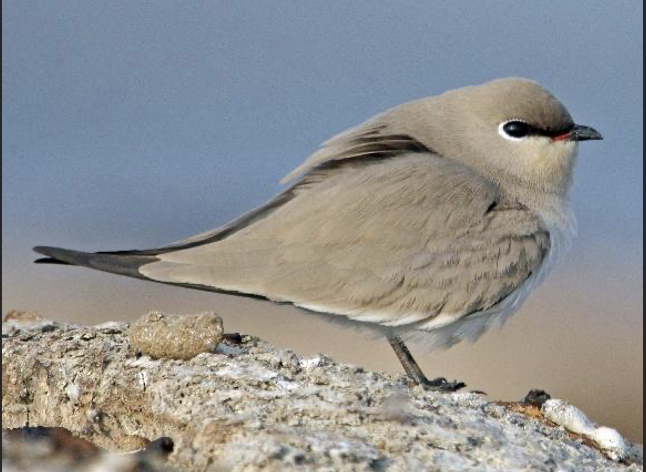
Forest Reserves
Gorewada Zoo, Jungle Safari, and Bio-Park
The Gorewada Zoo, established by the British in 1800, continues to retain its colonial history and significance in the 21st century. Located in Bodhala village, 8 km from Nagpur's Zero Mile, it was officially renamed Balasaheb Thackeray Gorewada International Zoological Park. Spanning 539 hectares, it opened to the public on January 27, 2021. The park boasts abundant flora and fauna, making it a prime tourist destination and home to animals like tigers, panthers, and sloth bears. The area features the Gorewada International Zoo, Jungle Drive, Rescue Center, Bio-Park, Bamboo Department, and scenic lakes and hills, along with attractions such as Indian Safari, African Safari, Night Safari, and an Archaeological Theme Park.
Pench Tiger Reserve / Pench National Park
The Pench Tiger Reserve, located in the Nagpur and Chandrapur districts and covering approximately 257.26 square kilometers, shares borders with the state of Madhya Pradesh. It is situated about 80 km from Nagpur City and is easily accessible via NH 44 highway. Known for its biodiversity, the Pench Tiger Reserve is home to iconic species such as Bengal tigers, Indian leopards, sloth bears, and Indian wild dogs. Spotted deer, sambar deer, and various bird species—including the Malabar pied hornbill and Indian pitta—can also be observed in the reserve. Nature walks provide opportunities to explore the diverse flora and fauna, while birdwatchers can enjoy the reserve’s avian diversity. Conservation education programs and visits to tribal villages offer insights into local culture and wildlife conservation efforts. The reserve promises immersive wildlife experiences amidst scenic landscapes, making it a favored destination for nature enthusiasts and photographers alike.
Umred Karhandla Wildlife Sanctuary


Umred Karhandla Wildlife Sanctuary is located about 58 km from Nagpur and 60 km from Bhandara. It spans Pauni tahsil of Bhandara district as well as Umred, Kuhi, and Bhiwapur talukas of Nagpur district. Established in 2013 and covering an area of 189 square kilometers, it is named after the Umred and Pauni rivers that traverse its varied landscape of dense forests, grasslands, and water bodies. The reserve is renowned for its rich biodiversity and is home to tigers, leopards, sloth bears, Indian bison (gaur), sambar deer, spotted deer, wild boar, jackals, and diverse bird species. Notable for its successful conservation efforts—especially for the endangered Royal Bengal Tigers—the reserve offers eco-tourism activities like jungle safaris and nature walks. These activities allow visitors to appreciate and raise awareness about the reserve's unique ecosystem and its significance in wildlife conservation.
Maharaj Bagh and Zoo
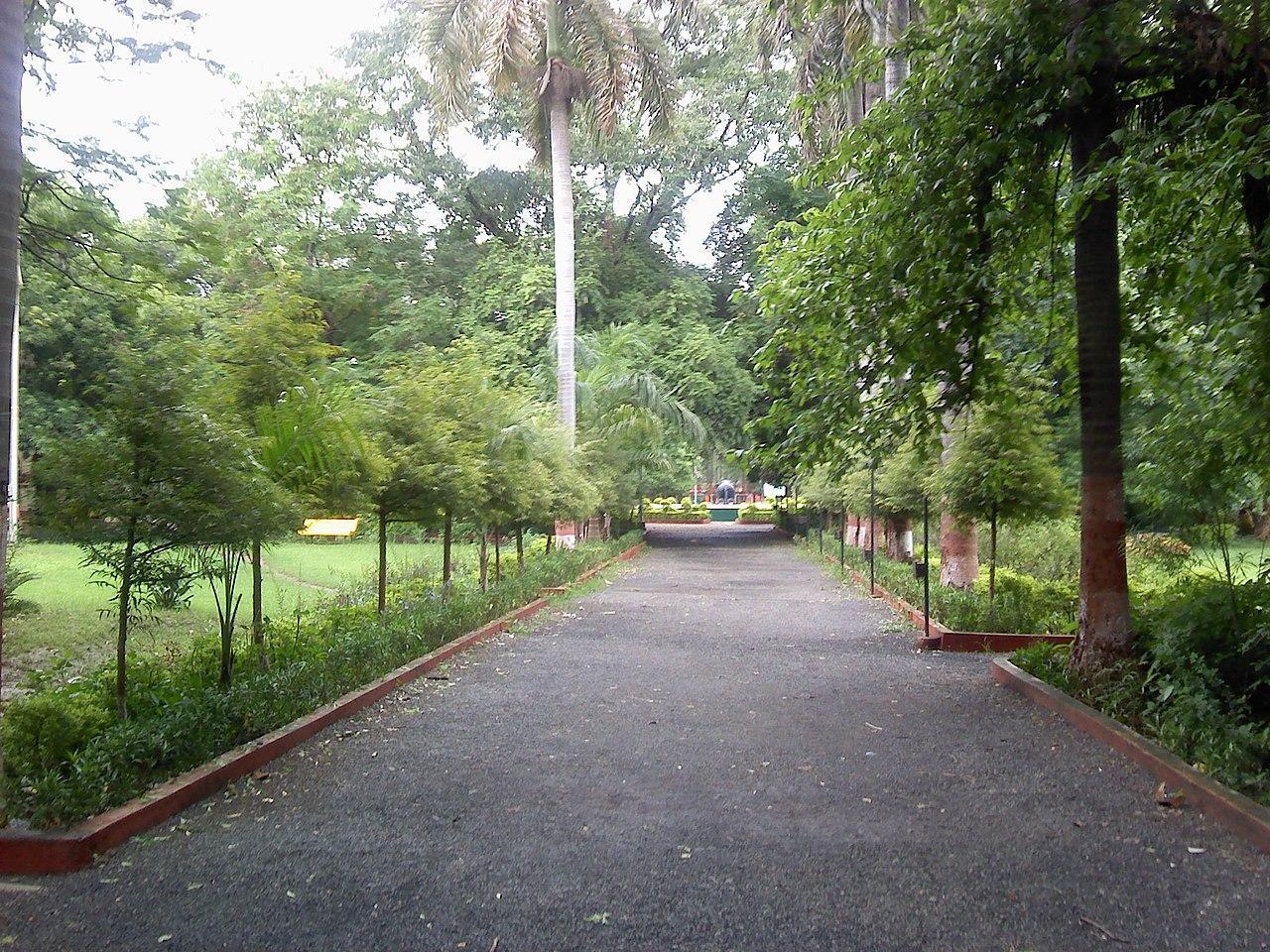
Maharaj Bagh Zoo is considered one of India’s smallest yet most famous zoos. Originally established as a botanical garden in the 19th century by the rulers of the Bhonsle dynasty, the Bagh (garden) is located 2 km from Nagpur City and was later developed into a zoo. Established in 1894, it covers an area of 22 hectares and showcases a wide variety of flora and fauna.
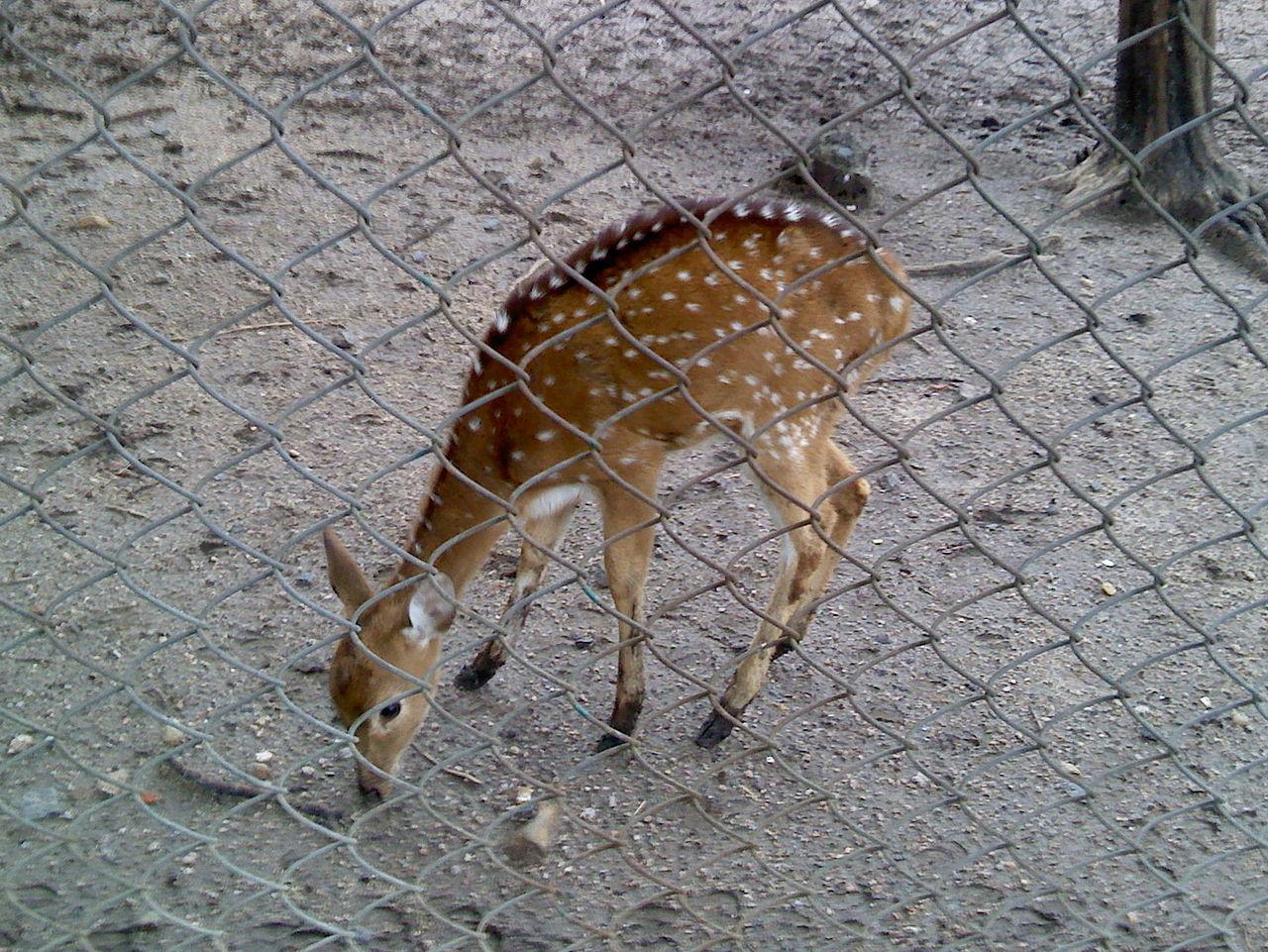
The zoo section houses animals such as tigers, leopards, lions, and various bird species including peacocks. Visitors can explore themed gardens—including a rose garden and a herbal garden—and enjoy leisurely walks amidst lush greenery. Maharaj Bagh serves as a serene retreat within the city, offering educational experiences and recreational activities for families and nature enthusiasts alike.
Japanese Rose Garden
The Japanese Rose Garden in Nagpur’s Civil Lines offers a peaceful escape with its beautiful flowers and serene atmosphere. Inspired by traditional Japanese design, the garden features vibrant roses in red, yellow, purple, and blue—perfect for...
Ambazari Garden

Ambazari Garden is located 12 km from Nagpur city and was developed by the Forest Department in 1958. The area consists of grassland interspersed with bushes, shrubs, and trees. There are two watchtowers present along with binoculars available for rent to enjoy beautiful views of the surrounding nature.
Land Use
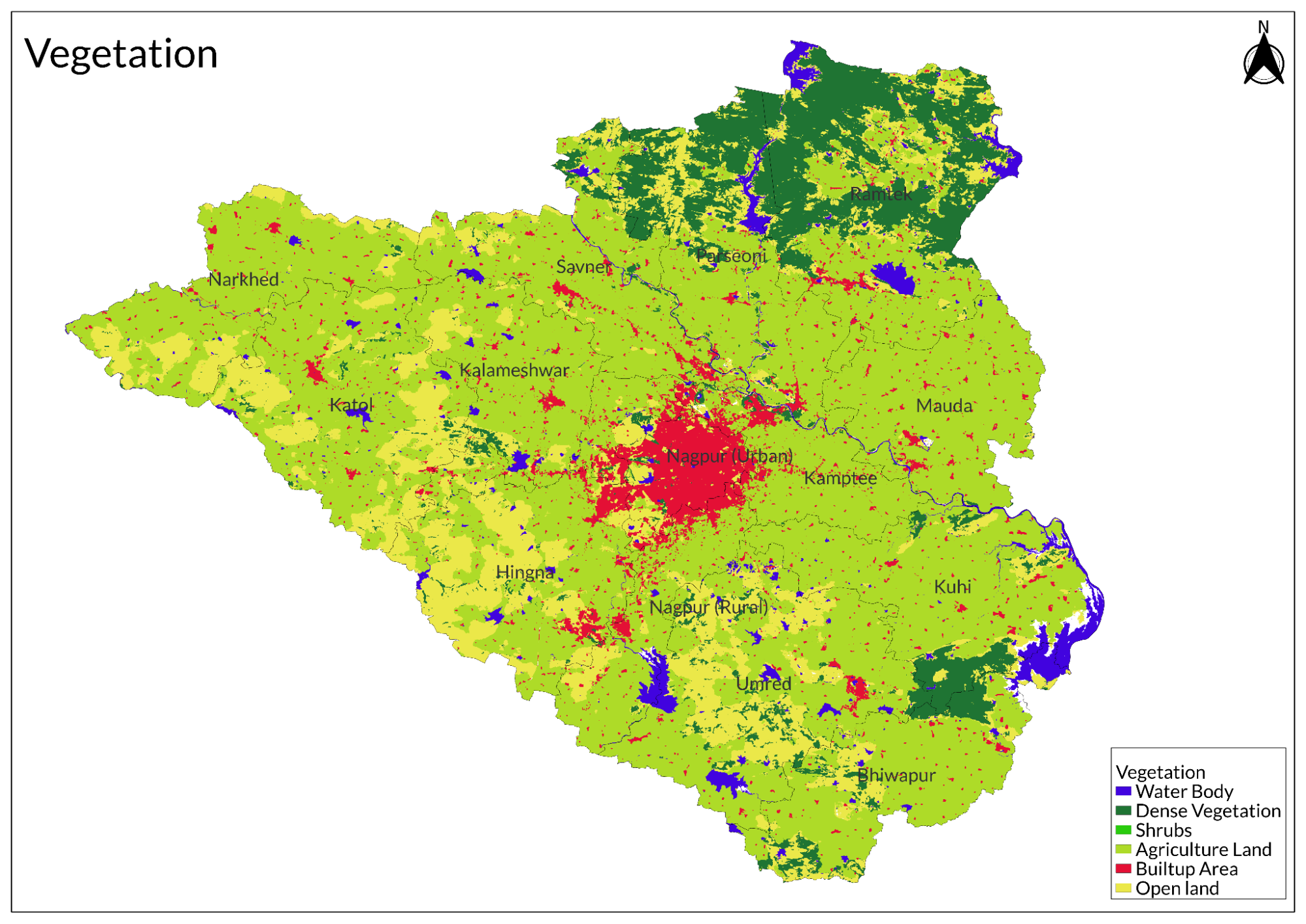
Environmental Concerns
Deforestation
Deforestation in Nagpur, Maharashtra, has become a significant environmental concern, marked by a notable decline in tree cover over the years. From 2001 to 2023, the city experienced a loss of 431 hectares of tree cover, translating to a 2.4% decrease since 2000. In 2023 alone, Nagpur lost an additional 19 hectares of trees, which is estimated to have resulted in the release of approximately 12.1 kilotons of carbon dioxide emissions. The primary driver behind this deforestation is urban development, particularly in the western regions of Nagpur, where forests have been cleared to accommodate expanding infrastructure and residential areas. This ongoing loss of tree cover not only contributes to rising carbon emissions but also poses challenges to local biodiversity and environmental health.
Air Pollution
Air pollution in Nagpur has reached alarming levels, with the city's overall air quality index (AQI) recently breaching safe limits and categorizing it as "poor." As of November 2024, the AQI was recorded at 238, significantly worse than other cities in Maharashtra such as Mumbai, Pune, and Nashik, which fell within the moderate category. The most affected area was Ram Nagar, where the AQI peaked at 272, followed by Civil Lines at 242 and Mahal at 238. Notably, particulate matter (PM2.5) levels in certain locations exceeded 300 in recent days, exacerbating health concerns among residents. The deterioration in air quality has been linked to a combination of factors, including increased vehicular emissions, industrial pollution, and dust from construction activities. The Nagpur municipal authorities have implemented a graded action response plan (GRAP) to address these issues; however, its effectiveness has been minimal so far.
Water Pollution
Water pollution in Nagpur poses a significant environmental challenge, affecting groundwater, rivers, and lakes. Groundwater contamination, particularly due to high nitrate levels and industrial effluents from the Kalmeshwar and Hingna MIDC regions, has severely impacted water quality. The Nag River suffers from extreme pollution due to domestic sewage, cattle farming, and waste dumping, ranking as the second most polluted river in Maharashtra after Mumbai’s Mithi River. Similarly, the Kanhan River is heavily contaminated by industrial wastewater from the Nag-nala before merging with the Wainganga River at Ambhora. Lakes such as Futala, Ambazari, and Gandhisagar also face high pollution levels, with concerns that untreated sewage discharge could lead to antibiotic-resistant bacteria. A recent Environment Status Report highlighted these issues, warning of worsening conditions if left unaddressed. Additionally, groundwater depletion has become critical, prompting a public interest litigation (PIL) to address the rapid drying up of wells across the city.
Climate change Vulnerability
Nagpur is increasingly vulnerable to climate change, facing extreme weather events like heavy rainfall, heatwaves, and erratic cloud patterns. Intense rainfall causes soil erosion, waterlogging, and nutrient loss, affecting agriculture, while rising temperatures increase water demand and heat-related health issues. The city's hot-dry climate exacerbates heat stress, leading to higher morbidity and mortality rates. Infrastructure is also at risk, with short-duration, high-intensity rainfall threatening urban services. Projections suggest monsoon rainfall could rise by 12.5-30% and annual mean temperatures by 1.95-2.2°C by the 2050s, further intensifying environmental challenges.
Conservation Efforts/Protests
Protests in Nagpur district on World Environment Day
On World Environment Day, activists and citizens in Nagpur organized a silent protest against the proposed felling of 4,930 trees in the Ajni area, intended for the construction of an Inter Modal Station (IMS). This project is a joint venture between the Rail Vikas Nigam Limited (RVNL) and the National Highways Authority of India (NHAI). The Nagpur Municipal Corporation (NMC) had issued a notice regarding the tree removal, inviting public suggestions and objections, which sparked significant backlash from environmentalists.
Activists have been actively campaigning against the tree cutting since December of the previous year, employing various methods such as silent protests, 'chipko' movements, and an online signature drive that has garnered over 10,000 signatures. Additionally, more than 200 objection letters have been submitted to the NMC. Kunal Maurya, a prominent figure in the 'Save Ajni Vann' campaign, emphasized the importance of preserving these trees, stating that the IMS project should be relocated to prevent environmental degradation.
The protest at Sanvidhan Square was marked by adherence to COVID-19 protocols and highlighted the community's commitment to protecting Nagpur's green spaces. Activist Jaydeep Das described the day as a "black Environment Day," reflecting the sorrow over potential tree loss. The IMS project, which is set to cost Rs 1,200 crore and accommodate over three lakh passengers daily, has raised concerns about its environmental impact and sustainability.
In response to mounting public pressure and legal actions, including a public interest litigation filed against the tree felling, there is an ongoing dialogue about balancing urban development with environmental conservation in Nagpur.
Nagpur-Goa Expressway
Recent environmental protests in Nagpur district have led to the Maharashtra State Road Development Corporation (MSRDC) halting its plans to seek environmental clearance for the proposed 802 km Nagpur–Goa Shaktipeeth Expressway. The decision followed widespread opposition from farmers and activists, who feared the project would devastate 27,000 hectares of fertile land across 12 districts and disrupt fragile ecosystems. Activists from the Nagpur-Goa Shaktipeeth Highway Virodhi Kruti Samiti highlighted concerns over deforestation and displacement of farmers, as the project required 8,100 hectares of private agricultural land. Political opposition, including from Congress, further pressured the government to reconsider the necessity of the expressway when existing roads already serve the route. The protests reflect growing environmental activism in Nagpur, advocating for sustainable development over large-scale infrastructure expansion.
Save Nagpur’s Green Lungs
Environmental protests in Nagpur district have gained momentum, particularly with the involvement of prominent activist Sonam Wangchuk. On January 13, 2025, Wangchuk visited the Mankapur Sports Complex to support the "Save Nagpur's Green Lungs" movement, which aims to protect the city's green spaces from urban development and deforestation. The movement has garnered significant public attention as activists rally against plans that threaten local ecosystems. Wangchuk emphasized the importance of preserving green areas for their ecological benefits and urged the community to unite in their efforts to safeguard these vital resources. These protests are part of a broader trend in Nagpur, where citizens are increasingly vocal about environmental conservation, advocating for sustainable development practices that do not compromise the city's natural heritage.
Environmental NGOs
Nagpur district is home to several environmental NGOs dedicated to promoting sustainability and addressing ecological challenges. Here are some notable organizations:
Arranya Environment Organization
Dedicated to environmental protection, this NGO engages in various initiatives aimed at raising awareness and implementing conservation practices in the region.
CHIP Nagpur (Nisargavedh)
Initially focused on supporting needy children, CHIP Nagpur has expanded its mission to include environmental conservation through afforestation, education, and community engagement. They aim to restore degraded forest areas and connect citizens.
Green Vigil Foundation
Committed to sustainable development, this organization conducts awareness campaigns, workshops, and eco-friendly projects to promote environmental responsibility among residents.
Grow Billion Trees Foundation
This NGO focuses on reforestation efforts, aiming to plant a billion trees and nurture ecosystems. They conduct tree-plantation drives in collaboration with corporations and local communities to foster a greener environment.
Sahyadri Gramin Vikas va Bahuuddeshiya Yuvak Kalyan Sanstha (SGVBYS)
This organization works on multiple fronts, including environmental conservation through watershed management and afforestation projects, while also focusing on rural development and skill training.
Graphs
Water
Climate & Atmosphere
Forests & Ecology
Human Footprint
Sources
Ahmed, S. 2024, November 22. Nagpur air quality worsens, Ram Nagar most polluted. The Times of India.https://timesofindia.indiatimes.com/city/nag…
Behl, M. 2021, April 3. City’s water bodies are drowning in pollution: ESR. The Times of India.https://timesofindia.indiatimes.com/city/nag…
Climate change and environment action plan of Nagpur district. 2022, March 10. Vasudha Foundation.https://www.vasudha-foundation.org/climate-c…
Geography & Climate. 2025, March 4. District Nagpur, Government of Maharashtra.https://nagpur.gov.in/geography-climate/
Gupta, R. G., Nandeshwar, S. N., & Mahakalkar, A. S. 2014. WATER QUALITY ANALYSIS OF NAG RIVER IN NAGPUR DISTRICT BY INVESTIGATING PHYSICOCHEMICAL PARAMETERS AND HEAVY METAL CONCENTRATION, MAHARASHTRA (INDIA). International Journal of Researches in Bioscience, Agriculture and Technology,1(2).https://ijrbat.in/upload_papers/100320141207…
Nagpur, Maharashtra, India—Deforestation Rates & Statistics. Global Forest Watch. Retrieved March 8, 2025, fromhttps://www.globalforestwatch.org/country/IN…
Raghuram, M. 2024, October 12. DTE Ground Report: Human-induced climate change threatens Nagpur Oranges; can this heritage be saved?. Down To Earth.https://www.downtoearth.org.in/agriculture/d…
Last updated on 6 November 2025. Help us improve the information on this page by clicking on suggest edits or writing to us.